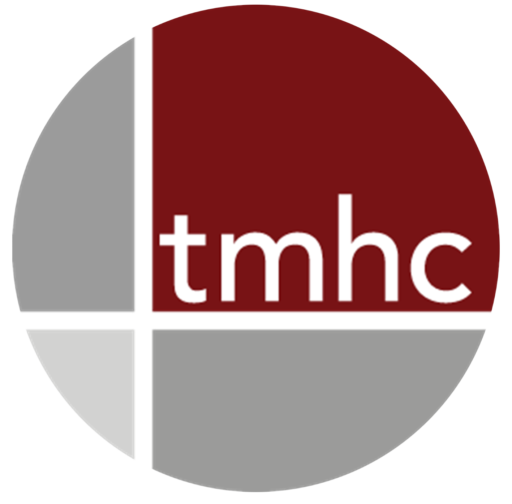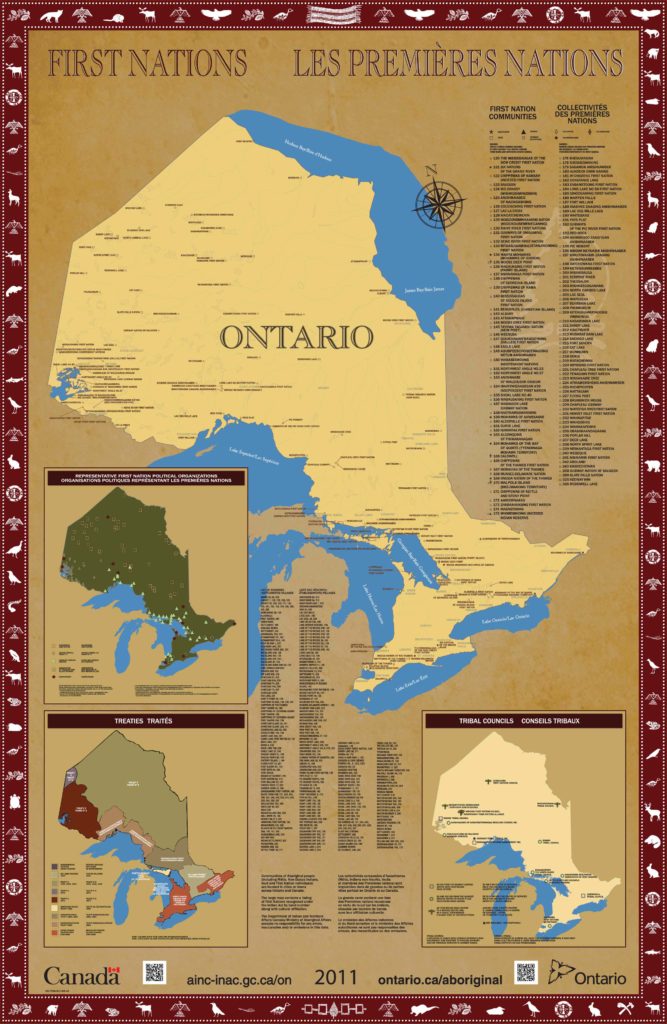Overlapping Indigenous Interests in Cultural Heritage and Land Use Planning
In Ontario today, it is rare that an archaeological assessment involves engagement with only one Indigenous community. Often there are multiple communities who express an interest in the cultural heritage for a particular development. Responding to the diverse range of expectations and perspectives of Indigenous communities has become one of the most significant challenges faced by those managing cultural heritage in Ontario’s land use planning.
Indigenous community land relationships are encompassed within what are generally referred to as their traditional territories. Usually larger than legally-defined Treaty territories, traditional territories represent the breadth of an Indigenous community’s geographic interest. Some might mistake these territories to be simply food acquisition or natural resource management areas. However, traditional territories also encompass important travel and trade routes, agricultural and pharmacological plots, and landscape-based cultural, educational and religious institutions. They may reflect continua of historical presence and invoke culturally-imposed land stewardship responsibilities. Most, if not all, facets of Indigenous culture are inextricably linked in some manner to the land, meaning a traditional territory is a physical manifestation of the bounds of Indigenous institutional knowledge.
Treaties imposed hard boundaries that were artificially created by the colonial government. Often traditional territories for different Indigenous communities in Ontario were not rigid and geographically overlap. Traditional territories are also dynamic and have changed over time reflecting the interconnectedness of Indigenous communities. As a result, several communities including local First Nation(s), Métis and other Descendant communities and representatives from traditional government may be actively engaged in a particular archaeological assessment depending on its location within the province. Some communities, based on Treaty or other traditional and political relationships, will work together. More often each community wants to have their own representation both in the field and through the broader engagement and consultation processes.
Consultation with Indigenous communities can result in different groups asking to represent the same community. These groups include the elected council (through consultation offices), traditional government, a particular cultural, political or religious organization, or even different families within a community with differing opinions and perspectives on cultural heritage. They share in common a concern for impacts to their cultural heritage, but often differ with respect to the approach to the identification, evaluation and management of it.
For example, in central Ontario overlapping territories include (but not limited to):
- First Nations elected councils - Saugeen Ojibway Nation (Chippewas of Nawash and Saugeen First Nation), Williams Treaty First Nations, Oneida of the Thames, Six Nations of the Grand River, and Mississaugas of the New Credit First Nation;
- Traditional - Haudenosaunee Confederacy Chiefs Council (represented by Haudenosaunee Development Institute (HDI).
- Descendants – Huron-Wendat Nation (also a First Nation)
Given the overlap, projects will often include two or more First Nations and a traditional government. The most critical questions for those managing cultural heritage are:
- who decides which communities are to be consulted (realizing some non-First Nations Descendant communities don't have defined traditional territories)?
- which group represents an Indigenous community? and
- how do we balance varying and all interests?
In some approvals processes within Ontario the ministry responsible for making the approval decision provides a list of Indigenous communities that they require to be consulted or engaged. However, two key ministries with respect to cultural heritage, the Ministry of Municipal Affairs (Planning Act (R.S.O. 1990) and PPS 2014) and the Ministry of Tourism, Culture and Sport (Ontario Heritage Act (R.S.O. 1990)), do not provide proponents or their consultants with a list of Indigenous communities whose treaty or territorial rights may potentially be impacted. This leaves it to the proponent and consultant to ensure that those potentially impacted have been adequately engaged/consulted, not to uphold the Crown’s duty to consult and accommodate, but to minimize risks for their clients.
This gap recently lead the Ontario Municipal Board to point out that “perhaps it remains for the Crown to determine whether cases such as Saugeen [Saugeen First Nation v. Ontario [2017] ONSC 3456] and this one [Burleigh Bay Developments] warrants a more focused procedure within the consultation assessment process, to identify those Aboriginal communities that may have an interest in archaeological and cultural heritage matters arising during planning and development ” (OMB Decision, October 6, 2017, PL150313, page 120). The Crown, in this context the provincial government, has a duty to consult Indigenous communities on impacts to their rights and interests. This duty cannot be delegated to third parties such as local governments and private entities including proponents and their consultants. However, the province can delegate procedural aspects of consultation and subsequent accommodation to these third parties.
Determining which group can speak for a community can be difficult. In some instances, it will not be possible to identify just one group for a community. In other cases, it may be unclear whether a particular group does in fact represent Indigenous peoples’ interests.
Balancing the interests of the different communities is often less challenging than identifying which communities to include in the engagement/consultation. With respect to cultural heritage, most communities share a similar perspective and seek to promote a higher standard of archaeology and historic conservation, one that often exceeds provincial requirements.
While challenging to negotiate, the assessment of cultural heritage within shared territories can benefit from bringing together different perspectives. Differences with a particular method, strategy or approach can be resolved through what are often creative, innovative solutions developed with the communities.

